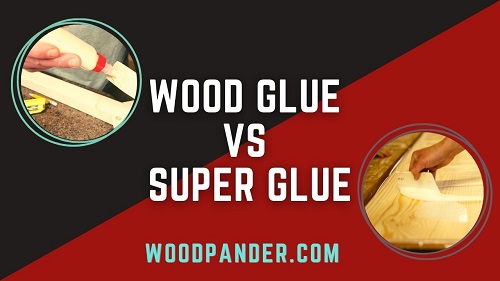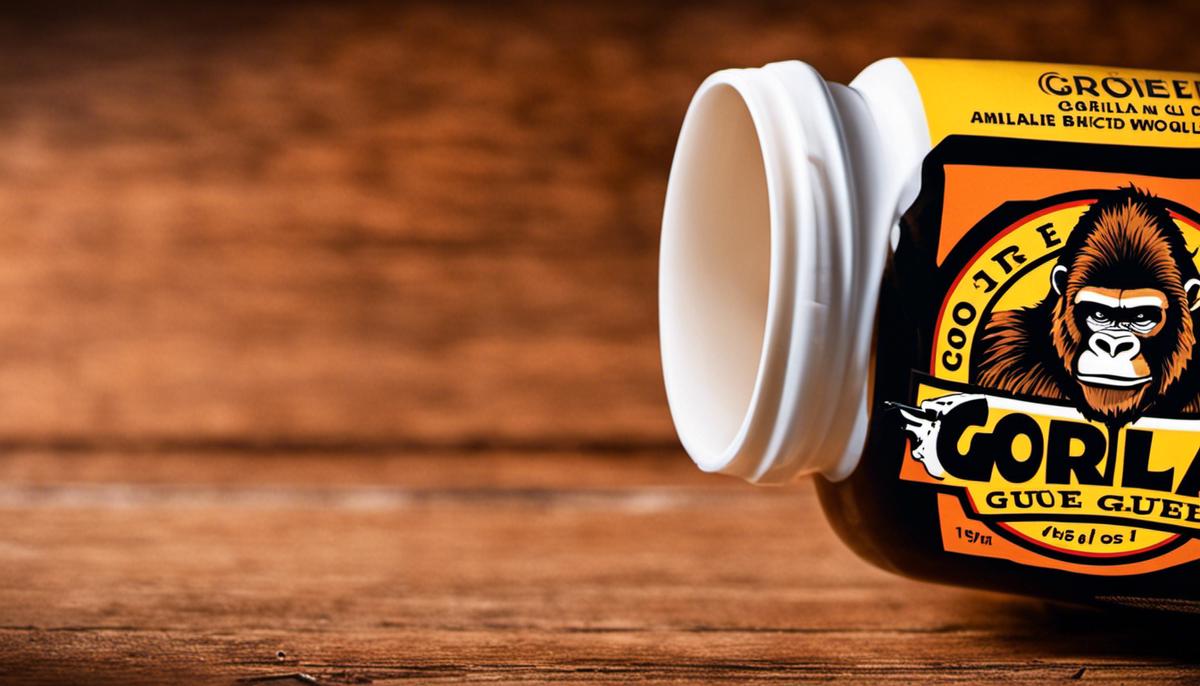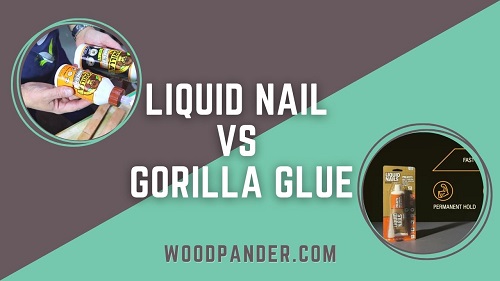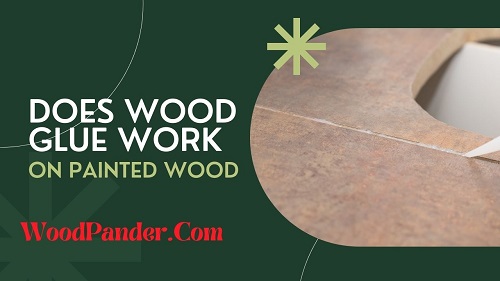Woodworking activities demand a good adhesive and thus you can easily get in a dilemma between different types of wood glues. However, Aliphatic and PVA glues share many similar factors that you might wonder what’s the exact difference between Aliphatic vs PVA. Or can they be substitutes for each other?
Aliphatic glue and PVA differ in grip characteristics before the initial set. Moreover, the Aliphatic glue is chemically modified to provide better effectiveness than PVA.
No worries. Here’s a detailed comparison between the two adhesives so that you find your answer and can easily choose the right one. So let’s get started!
Aliphatic Glue VS. PVA
Here’s a quick comparison table between Aliphatic vs PVA adhesive. Overviewing the table will save you time if you’re in a rush and can’t stay till the end of this article.
| Considering Factors | Aliphatic Glue | PVA Adhesive |
| Product Type | Fast-drying synthetic adhesive | Non toxic adhesive |
| Material | Aliphatic Compound | Polyvinyl Acetate |
| Moisture Resistance | More resistance | Less resistance |
| Special Feature | Better initial grip ability | Archival neutral ph formula |
| Initial Tack | More initial tack | Less initial tack |
| Material To Use | Porous materials | Porous materials |
| Usage | Several usage | Several usage |
What Is Aliphatic Glue?
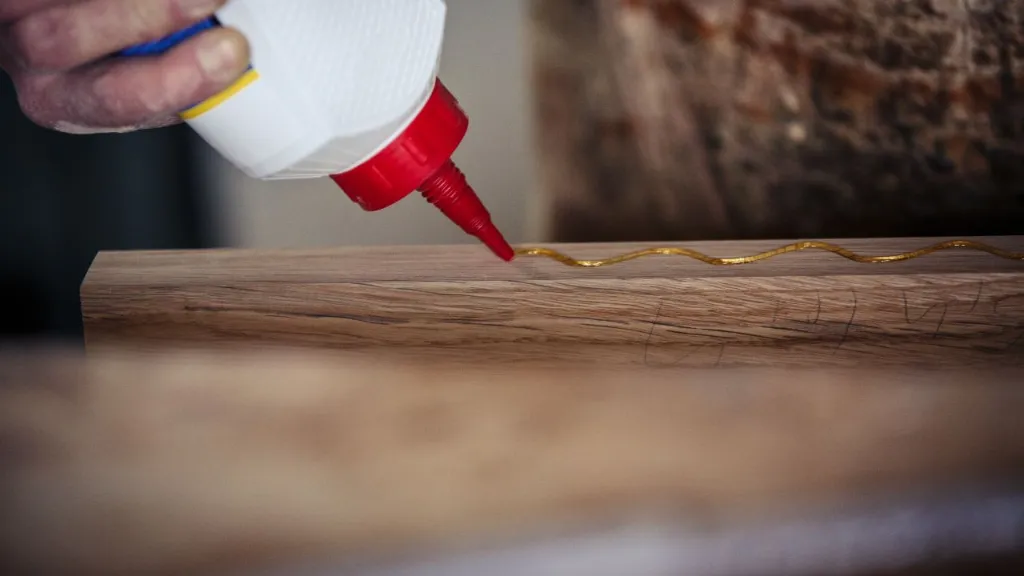
Aliphatic glue is the yellow glue that is quite similar to PVA. But this glue is chemically modified for being more waterproof and robust. It’s popularly sold as “carpenter’s wood glue“.
Pros
- Takes a shorter time for clamping
- Create a stronger bond than wood
- Easy cleanup with water
- Excellent standability
Cons
- Need good clamping pressure
- Dries too fast
What Is PVA?
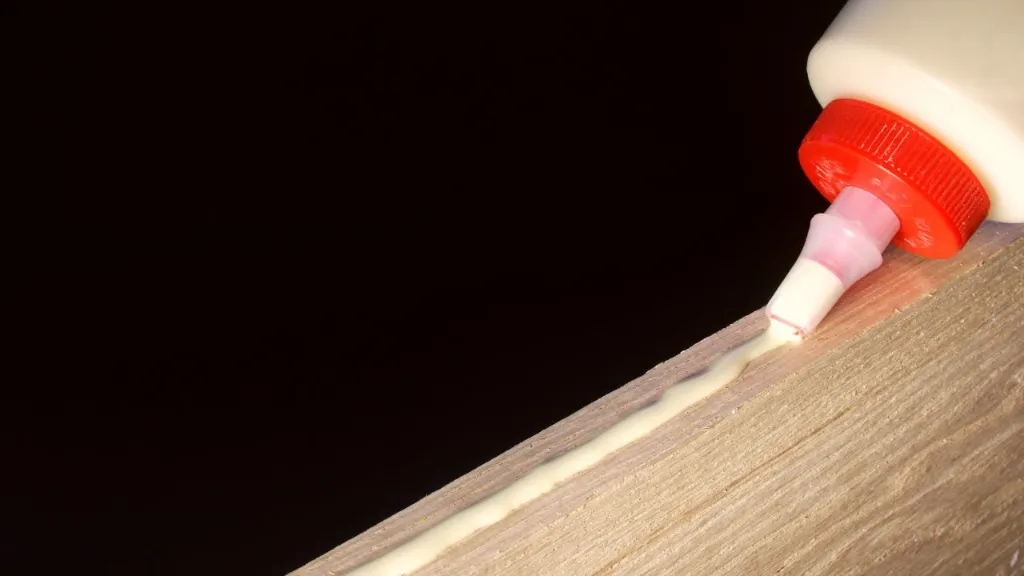
PVA or Polyvinyl acetate glue is the common glue product that is widely used in the USA. Typically, it is used to work with paper or wood. So the glue is also called “wood glue“. You’ll find different types of brands for PVA glue. Among them Elmer’s glue is one of the top rated PVA glue. If you have Elmer’s glue at home that means you belong to a PVA glue.
Pros
- Non-toxic formula provide safety
- Great option for making white slime base
- Easy for kids to use and less mess
- Great for home and school
Cons
- Not waterproof
PVA Glue vs Elmer’s Glue: A Comparison Table
| Feature | PVA Glue | Elmer’s Glue |
|---|---|---|
| Type of glue | Polyvinyl acetate (PVA) | Polyvinyl acetate (PVA) |
| Brand name | Generic | Elmer’s |
| Appearance | White, opaque | White, opaque |
| Drying time | 20-30 minutes | 20-30 minutes |
| Bond strength | Strong | Strong |
| Water resistance | Good | Good |
| Heat resistance | Moderate | Moderate |
| Flexibility | Good | Good |
| Acidity | Neutral | Non-acid |
| Toxicity | Non-toxic | Non-toxic |
| Price | Less expensive | More expensive |
| Applications | Woodworking, paper crafts, school projects | Woodworking, paper crafts, school projects, general household use |
Aliphatic Glue Vs. PVA: Detail Comparison

Since you get a brief idea about the both adhesives, now learn the basic factors where the adhesives are different from each other.
1. Ingredients Used In The Formula
With several similarities, Aliphatic glue and PVA differ in their construction components. However, learning about the component will help you to determine which one offers the strongest bond for your purpose.
- Aliphatic Glue
Aliphatic resin is a synthetic adhesive which is made from an aliphatic compound. It comes with a light yellow color and creamy textures. You can get a strong adhesion to wood due to its formation type.
- PVA
Besides, PVA glue is made of polyvinyl acetate. Basically, it’s a pH-neutral formula which is greatly strong and compatible with most common wood and offers a good bond after curing.
Winner: PVA
2. Features
There are some unique features of both the glues that are noticeably different from each other. So let’s find out what to expect from the adhesives.
- Aliphatic Glue
Aliphatic glue dries quite faster than other glues. It penetrates fast into the wooden joints. (Internal link vs Unstressed Joint) You can apply this glue before or after the assembly of wooden parts.
- PVA
In contrast to Aliphatic glue, PVA adhesives take a quite longer time to dry. It completely becomes clean once it dries. On top, PVA adhesives don’t contain any VOCs. That’s why it’s ultimately safe for anyone to use, including kids.
Winner: Draw
3. Usable Materials
Finding the better adhesive for your woodworking project, also requires knowing on which specific materials you can use the adhesive.
- Aliphatic Glue
Aliphatic glues are designed for use on porous materials. It plays effectively over the wood, leather, hardboard, particleboard, cloth and many other porous materials.
- PVA
On the other hand, PVA glues can cover a massive range of materials. PVA glues work great for wood, paper, textiles, sandstone, fabrics, and ceramics too. Though you might not find it great for glass or metal.
Winner: Draw
4. Grip Characteristics
Though Aliphatic and PVA have similar user profiles, the two glues have a clear distinction in grip characteristics before the initial set.
- Aliphatic Glue
This Aliphatic yellow glue has more initial grip when you apply it on a wood material.
- PVA Glue
Otherwise, PVA adhesives tend to slip while assembling. So you need to be careful and use clamping for proper wood bondings.
Winner: Aliphatic Glue
5. Serve Multiple Purposes
Though both the glues are great for woodworking, since they have other special uses.
- Aliphatic Glue
As a carpenter’s glue, Aliphatic glue is a fast drying glue that is ideal for hardware, woodworking and other carpenter’s projects.
- PVA
Polyvinyl acetate or white glue is popular for crafts and light uses. Although due to its super strength, it’s also efficiently used on woodworking projects.
Winner: Draw
6. Benefits
Looking at the benefits of both adhesives, you can determine the best choice between them. Because both have some exclusive benefits.
- Aliphatic Glue
Aliphatic glues offer you an excellent bonding strength and moderate resistance. It becomes tough after drying. Therefore, it causes only a few drips at a higher temperature and heavier consistency. Plus, it can withstand more heat and water resistance than PVA.
- PVA
PVA adhesives are non-toxic and easy to use. Because of easy to use and safe formula, this adhesive is widely popular among the carpenters as well as others. Nevertheless, it remains flexible after curing.
Winner: Draw
7. Performance
For the performance, we must say both the glues have the ability for superior bonding strength.
- Aliphatic Glue
With aliphatic glues, you can easily sand the excess glue after drying. Aliphatic glues take approximately 24 hours to entirely cure and reach their maximum strength. It works best between 10°C to 43°C. Once it dries, it becomes a pale tan, translucent or amber color.
- PVA
By contrast, PVA adhesive glue takes almost 30 minutes to clamp. Though it takes the same time of 24 hours for completely curing like Aliphatic glue. But make sure you fit the joints tightly to get maximum strength. Therefore, PVA glues can be cleaned easily.
Winner: Draw
Final Thoughts: Which Is Better Between Aliphatic Glue Vs PVA?
Both the Aliphatic and PVA are great for creating strong bonds in wood joints. But if you have to choose one, we must recommend Aliphatic glue.
If you want a waterproof glue, the Aliphatic adhesive is best for you. On top, it can work at a higher temperature than PVA. Plus, this glue has an efficient grabbing ability after applying to the surface. So you can see, Aliphatic glue has exclusive advantages that make the glue better than others. If you want to go with Aliphatic then try Titebond Original which is one of the best Aliphatic based adhesives.
However, if you want to enjoy a safe and easy to use adhesive for your woodworking, or letting your kids do some carpeting then you should go with Elmer’s Liquid PVA Glue, one of the best PVA based glue.
Conclusion
As you learn the complete review about Aliphatic Glue and PVA, hopefully, you get an ultimate picture of them in your mind. Both adhesives have their benefits and drawbacks. Thus you’ll buy one, choose carefully which can fulfill your needs. In conclusion, the suitable one is ultimately the better one.
Good luck!
Related Questions
What is stronger glue than PVA?
There are many glues that are stronger than PVA glue. Some of the strongest glues include epoxy, cyanoacrylate (superglue), and polyurethane glues.
Does PVA glue yellow over time?
No, PVA glue doesn't turn yellow over time. It dries clear and transparent.
Does Elmer's glue yellow over time?
No, Elmer's glue does not yellow over time. This is because Elmer's glue is a PVA glue.
Can I use PVA glue as a sealer?
PVA glue is a white crafting glue that you can use as a sealer on some Decoupage projects. It is transparent and acts as a high performance sealer, primer. Plus, it's suitable for various materials and surfaces.
Is PVA waterproof when dry?
PVA glues are not waterproof but are mostly used for industrial purposes, because of its water resistance ability. So you can assume that the glue can sustain multiple cycles of soaking/drying.
Is Titebond a Aliphatic glue?
Titebond Original is an aliphatic resin emulsion glue which is heavy-duty and provides fastest setting. It dries fast with a short clamp time and has high solvent resistance.
Is wood glue toxic?
Some types of wood glue are toxic, while others are not. It is important to read the label of the glue you are using to see if it is toxic. If you are unsure, it is always best to err on the side of caution and assume that the glue is toxic.
Is Elmer's glue PVA?
Yes, Elmer's glue is PVA. PVA glue is a type of adhesive that is made from polyvinyl acetate. It is a white, water-soluble glue that is commonly used for a variety of purposes, including wood gluing, paper crafting, and school projects.
Is aliphatic glue waterproof?
Yes, aliphatic glue is waterproof. It is a type of wood glue that is made from aliphatic resin. This resin is water-resistant, so the glue is able to withstand exposure to moisture.
how to remove pva glue from clothes?
Here is a short list of tips on how to remove PVA glue from clothes:
- Scrape off excess glue.
- Soak the stain in cold water.
- Apply a solvent.
- Launder the garment.
- Repeat if necessary.



